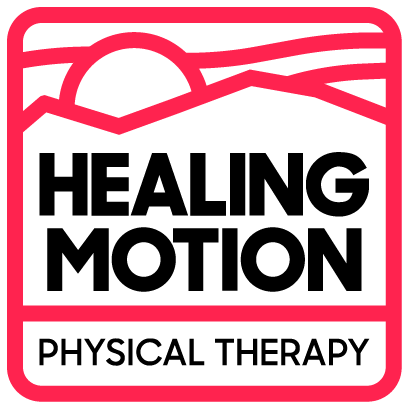The term “pelvic floor” refers to the muscles that lie at the base of your trunk in the pelvis. These muscles have several important functions including support of the internal organs and stability of the lumbar spine. They also play a vital role in urinary and fecal control and continence. Like any other muscle group in the body, there are a myriad of impairments that can affect the normal functions of the pelvic floor. Pelvic floor physical therapy is often an excellent conservative intervention to assist you in addressing these issues, which can significantly impact your quality of life.
The symptoms of a pelvic floor dysfunction include leakage, difficulty emptying, and pelvic pain. Involuntary leakage of urine, gas, and/or feces, even just a little bit, is not normal. Incontinence may be associated with movements such as jumping, actions like laughing, or may be accompanied by a strong urge that is difficult or impossible to suppress. Constipation is often a result of a pelvic floor dysfunction rather than a gastrointestinal condition. Pelvic pain that interferes with normal activities and functionality, including intercourse, is not normal and should be assessed.
Both men and women can benefit from pelvic floor physical therapy:
- incontinence of bladder or bowel
- constipation
- pelvic organ prolapse
- pelvic pain related to intimacy or myofascial tension and trigger points
- pelvic pain associated with other musculoskeletal conditions
- pelvic pain, weakness, or dysfunction related to pregnancy or childbirth
- pelvic pain, weakness, or dysfunction related to prostrate surgery
A physical therapist who specializes in pelvic floor rehabilitation will thoroughly assess your pelvic floor and determine how to address and correct weak muscles, tight muscles and limitations caused by scar tissue.
Based on the findings of the evaluation and your personal goals, your therapist will develop a comprehensive and individualized treatment plan. There are many treatment options to assist with resolution of pelvic floor problems. They include but are not limited to:
- pelvic floor muscle re-education and/or strengthening
- core stabilization and strengthening
- stretching
- patient education
- bladder retraining
- behavioral modification
- dietary modification
- biofeedback
- electrical stimulation
- manual therapy techniques
- use of dilators







